Wallowas Field Trip with Ellen Morris Bishop
/Article by Carol Hasenberg
References for Geology of the Wallowas and Hells Canyon
Peaks of the Wallowas
Summit Post article about the Wallowa mountains also has a section regarding the geology of the Wallowas.
Peak list, elevation and lat/long coordinates from the summit post article.
en.wikipedia.org/wiki/Wallowa_Mountains photo caption: Oregon's Wallowa Mountains viewed from Mount Howard. Hurwal Divide is in the front and center, Sacajawea Peak is behind and to the left. Matterhorn is the gray one left of that.
Marc Shandro - www.flickr.com/photos/mshandro/35130911/ (CC BY 2.0; File:Wallowa Mountains; Created: 25 July 2004).
Peakery.com, your basecamp for the world's mountains: https://peakery.com/chief-joseph-mountain-oregon/map/ or my particular scale https://peakery.com/chief-joseph-mountain-oregon/map/#elev_min=0&elev_max=29527&prom_min=0&prom_max=29527
High Wallowa Loop National Recreation Trail #1813 Mt. Howard https://www.fs.usda.gov/recarea/wallowa-whitman/recarea/?recid=51469
Geologictimepics.com has pictures and notes on the composition of some of the peaks https://geologictimepics.com/tag/wallowa-batholith/
Geologic History of the Wallowas
The Wallowa Terrane
Michael F. Follo, “Sedimentology and stratigraphy of the Martin Bridge Limestone and Hurwal Formation (Upper Triassic to Lower Jurassic) from the Wallowa terrane,” pp. 1-28, Geology of the Blue Mountains Region of Oregon, Idaho, and Washington: Stratigraphy, Physiography, and Mineral Resources of the Blue Mountains Region, U.S. Geological Survey Professional Paper 1439, Tracy L. Vallier And Howard C. Brooks, editors, 1994
Jiří Žák, Kryštof Verner, Filip Tomek, František V. Holub, Kenneth Johnson, Joshua J. Schwartz, “Simultaneous batholith emplacement, terrane/continent collision, and oroclinal bending in the Blue Mountains Province, North American Cordillera,” ©2015. American Geophysical Union. All Rights Reserved. https://agupubs.onlinelibrary.wiley.com/doi/full/10.1002/2015TC003859
George D. Stanley Jr., Christopher A. McRoberts, Michael T. Whalen, “Stratigraphy of the Triassic Martin Bridge Formation, Wallowa terrane: Stratigraphy and depositional setting,” in Blodgett, R.B., and Stanley, G.D., eds., The terrane puzzle: New perspectives on paleontology and stratigraphy from the
North American Cordillera: Geological Society of America Special Paper 442, p. 227–250. http://paleo.cortland.edu/mcroberts/McRobertsFiles/Stanley%20_et_al_2008.pdf
Geologic History of Hells Canyon
Tracy Vallier website http://www.hellscanyongeology.com/index.html. Dr. Vallier is a widely published professional geologist with over 50 years experience researching and mapping the canyon.
Tracy Vallier, Islands & Rapids: A Geologic Story of Hells Canyon, Seven Devils Books, 1998 http://www.sevendevilsbooks.com/
Patrick M. Goldstrand, “The Mesozoic Geologic Evolution Of The Northern Wallowa Terrane, Northeastern Oregon And Western Idaho,” pp. 29-54, Geology of the Blue Mountains Region of Oregon, Idaho, and Washington: Stratigraphy, Physiography, and Mineral Resources of the Blue Mountains Region, U.S. Geological Survey Professional Paper 1439, Tracy L. Vallier And Howard C. Brooks, editors, 1994
David L. White and Tracy L. Vallier, “Geologic Evolution Of The Pittsburg Landing Area, Snake River Canyon, Oregon And Idaho,” pp. 55-74, Geology of the Blue Mountains Region of Oregon, Idaho, and Washington: Stratigraphy, Physiography, and Mineral Resources of the Blue Mountains Region, U.S. Geological Survey Professional Paper 1439, Tracy L. Vallier And Howard C. Brooks, editors, 1994
Digital Geology of Idaho website, Accreted Terranes & the Western Idaho Suture Zone by Keegan Schmidt, Lewis & Clark State College and Paul Link, Idaho State University, http://geology.isu.edu/Digital_Geology_Idaho/Module4/mod4.htm
Digital Geology of Idaho website, PDF Slideshows: Virtual Tour of Hells Canyon and Accreted Terrane by Jim Cash, http://geology.isu.edu/Digital_Geology_Idaho/SlideShows/ssHellsCanyon.VirtualTour.pdf and http://geology.isu.edu/Digital_Geology_Idaho/SlideShows/ssAccreted_Terranes.pdf.
Marli B. Miller, Roadside Geology of Oregon, Mountain Press, Missoula, Montana, 2014, pp. 300-311 has a good description of many of the features of the Wallowas and creation of Hells Canyon.
Hells Canyon lite geology with good pictures https://wickershamsconscience.wordpress.com/2016/09/12/geology-is-cool-the-wallowa-seven-devils-terranes/
Another great picture/travel site of Hells Canyon https://www.earthmagazine.org/article/travels-geology-rafting-pacific-northwests-heavenly-hells-canyon
Geology of Columbia River Basalt Group
Jennifer Kasbohm* and Blair Schoene, “Rapid eruption of the Columbia River flood basalt and correlation with the mid-Miocene climate optimum,” Science Advances 19 Sep 2018: Vol. 4, no. 9, https://advances.sciencemag.org/content/4/9/eaat8223
Stephen Reidel and Terry Tolan, “The Grande Ronde Basalt,” Geological Society of America Special Paper 497:117–154 · January 2013. https://www.researchgate.net/publication/268981772_The_Grande_Ronde_Basalt
Digital Geology of Idaho website http://geology.isu.edu/Digital_Geology_Idaho/Module10/mod10.htm, contains the CRBG figures modified from Alt and Hyndman, 1995, Northwest exposures, a geologic story of the northwest, Chapter 34: Floods of Basalt: Mountain Press Publishing Company, Missoula, MT, p. 241-248.
Geology of Pliocene and Pleistocene in Wallowa County and Hells Canyon
Ellen Morris Bishop, “Hells Canyon: it's our fault,” Wallowa County Chieftain, Feb 25, 2019 https://www.wallowa.com/news/local/hells-canyon-it-s-our-fault/article_c7e5b922-370e-11e9-8f90-a3c115a2e29f.html
Luke P. Beranek, Paul Karl Link, C. Mark Fanning, “Miocene to Holocene landscape evolution of the western Snake River Plain region, Idaho: Using the SHRIMP detrital zircon provenance record to track eastward migration of the Yellowstone hotspot,” GSA Bulletin; September/October 2006; v. 118; no. 9/10; p. 1027–1050. http://geology.isu.edu/Digital_Geology_Idaho/Module11/Beranek_etal_2006.pdf
John W. Shervais, Gaurav Shroff, Scott K. Vetter, Scott Matthews, Barry B. Hanan, and James J. McGee, “Origin and Evolution of the Western Snake River Plain: Implications From Stratigraphy, Faulting, and the Geochemistry of Basalts Near Mountain Home, Idaho,” Tectonic and Magmatic Evolution of the Snake River Plain Volcanic Province, pp. 343-360 https://pdfs.semanticscholar.org/9364/a5d521683d9391871f5ccc97e40e2b575176.pdf
Gerald R. Smith, Neil Morgan, and Eric Gustafson, “Fishes of the Mio-Pliocene Ringold Formation, Washington: Pliocene Capture of the Snake River by the Columbia River,” Papers on Paleontology No. 32, Museum of Paleontology, The University of Michigan, Ann Arbor, Michigan, 2000. https://deepblue.lib.umich.edu/bitstream/handle/2027.42/48664/ID531.pdf;sequence=2
Soil Survey of Wallowa County Area, Oregon, USDA Natural Resources Conservation Service. https://www.nrcs.usda.gov/Internet/FSE_MANUSCRIPTS/oregon/OR670/0/Wallowa_OR.pdf
George W. Cox and Douglas W, Allen, “Sorted Stone Nets and Circles of the Columbia Plateau: A Hypothesis,” Northwest Science. Vol. 61 No. 3. 1987 https://research.wsulibs.wsu.edu:8443/xmlui/bitstream/handle/2376/1767/v61%20p179%20Cox%20adn%20Allen.PDF?sequence=1
George W. Cox, “Form and dispersion of Mima mounds in relation to slope steepness and aspect on the Columbia Plateau,” Great Basin Naturalist, Volume 50, Number 1, 3-31-1990. https://scholarsarchive.byu.edu/cgi/viewcontent.cgi?article=1994&context=gbn
Richard A. Kerr, “Mima Mound Mystery Solved,” Science, Dec. 20, 2013. https://www.sciencemag.org/news/2013/12/mima-mound-mystery-solved

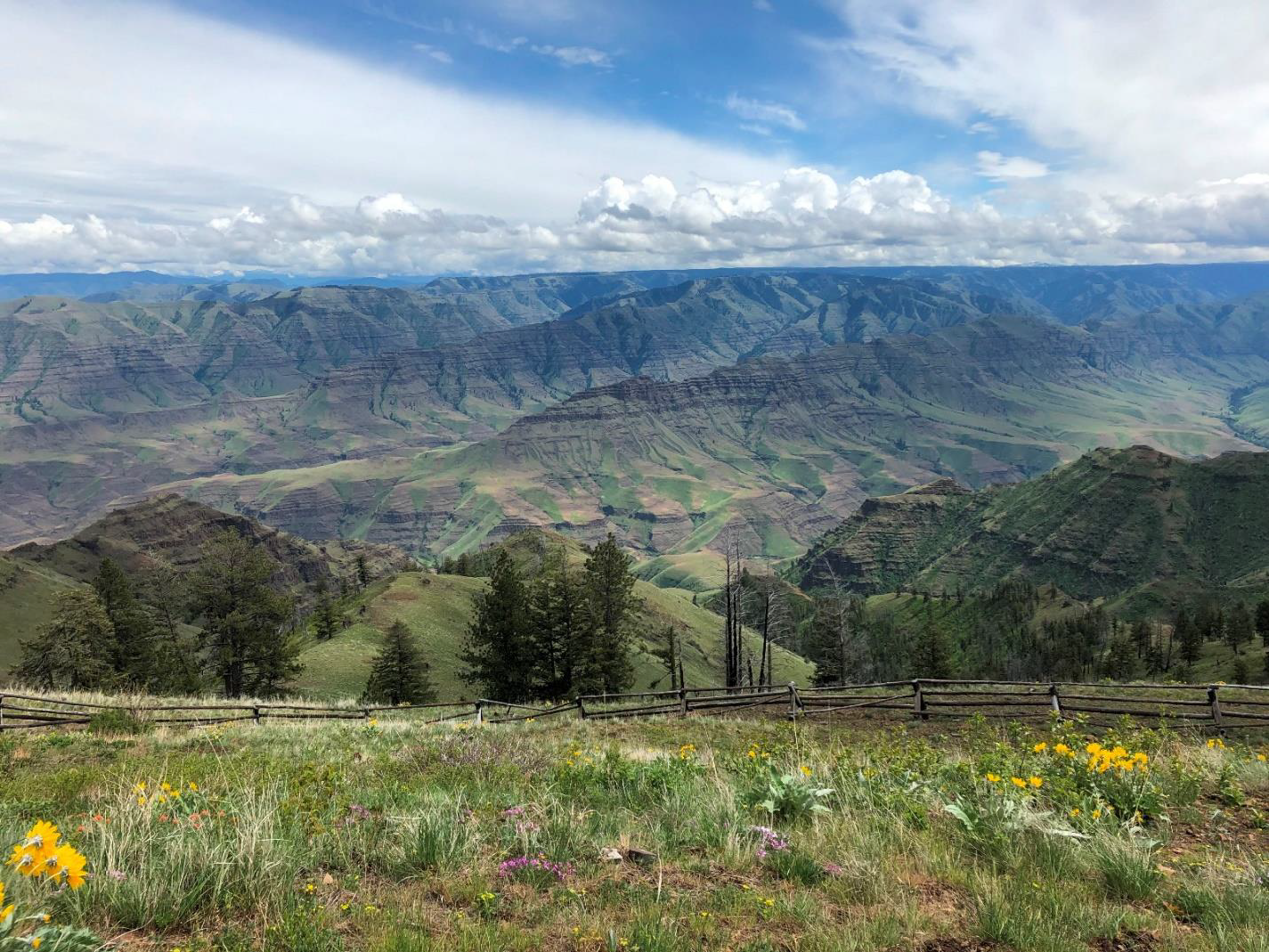

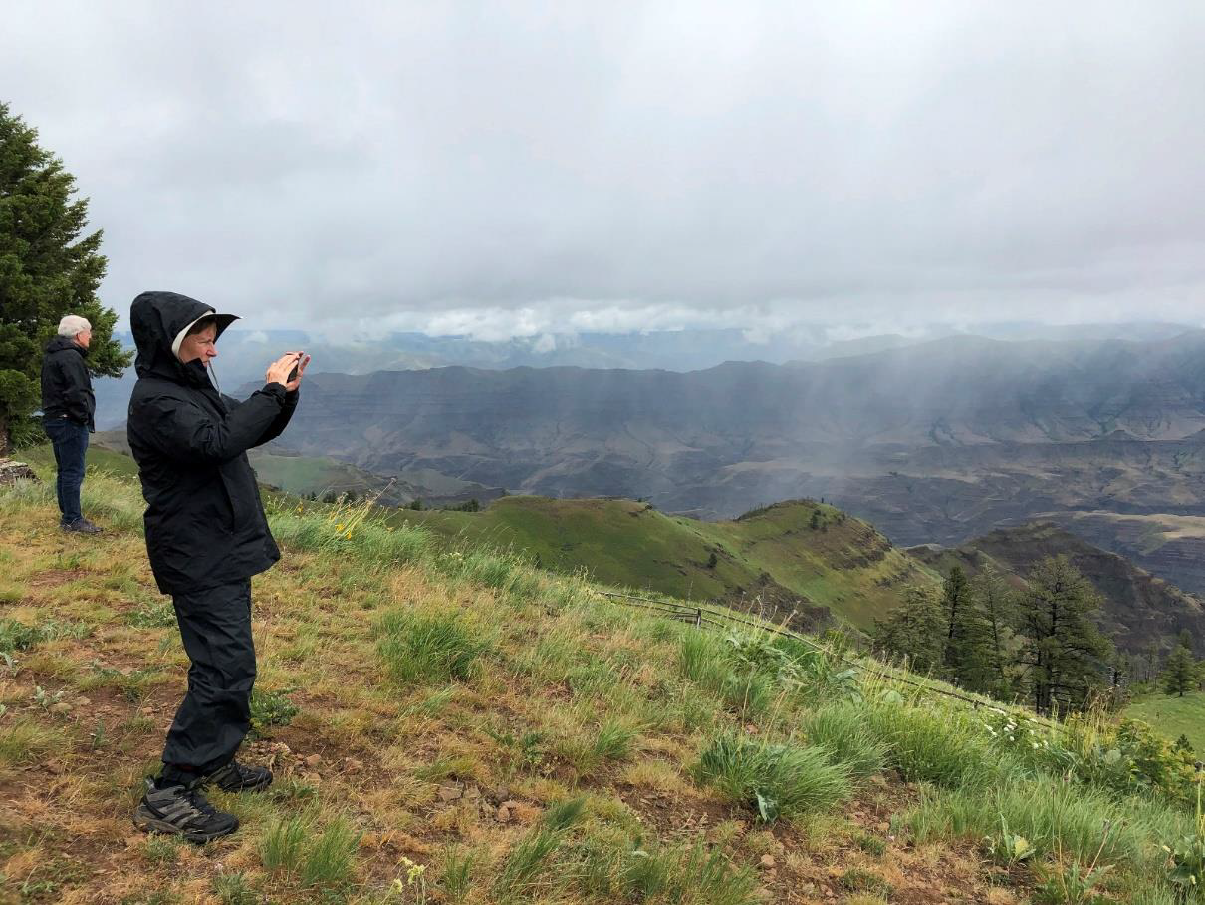
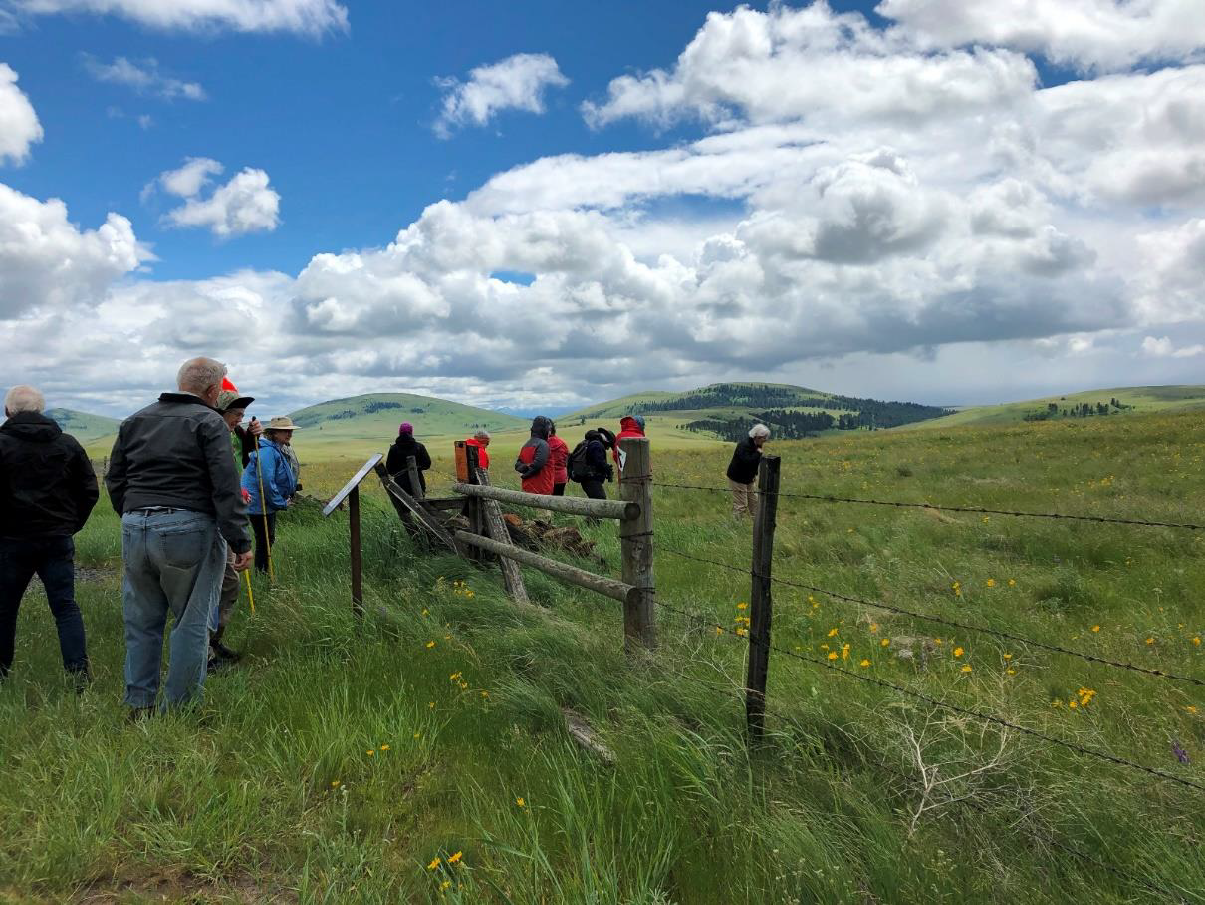
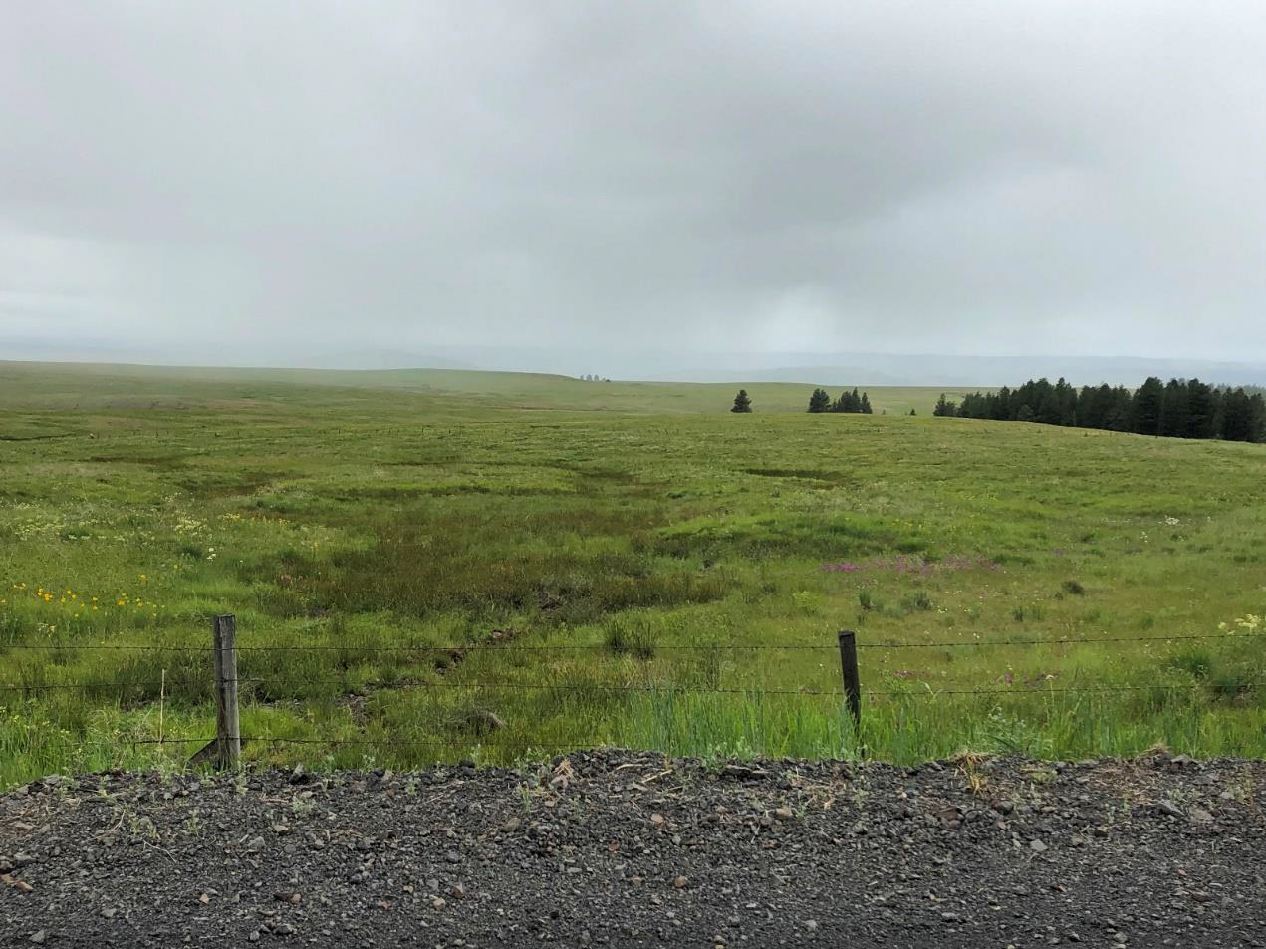
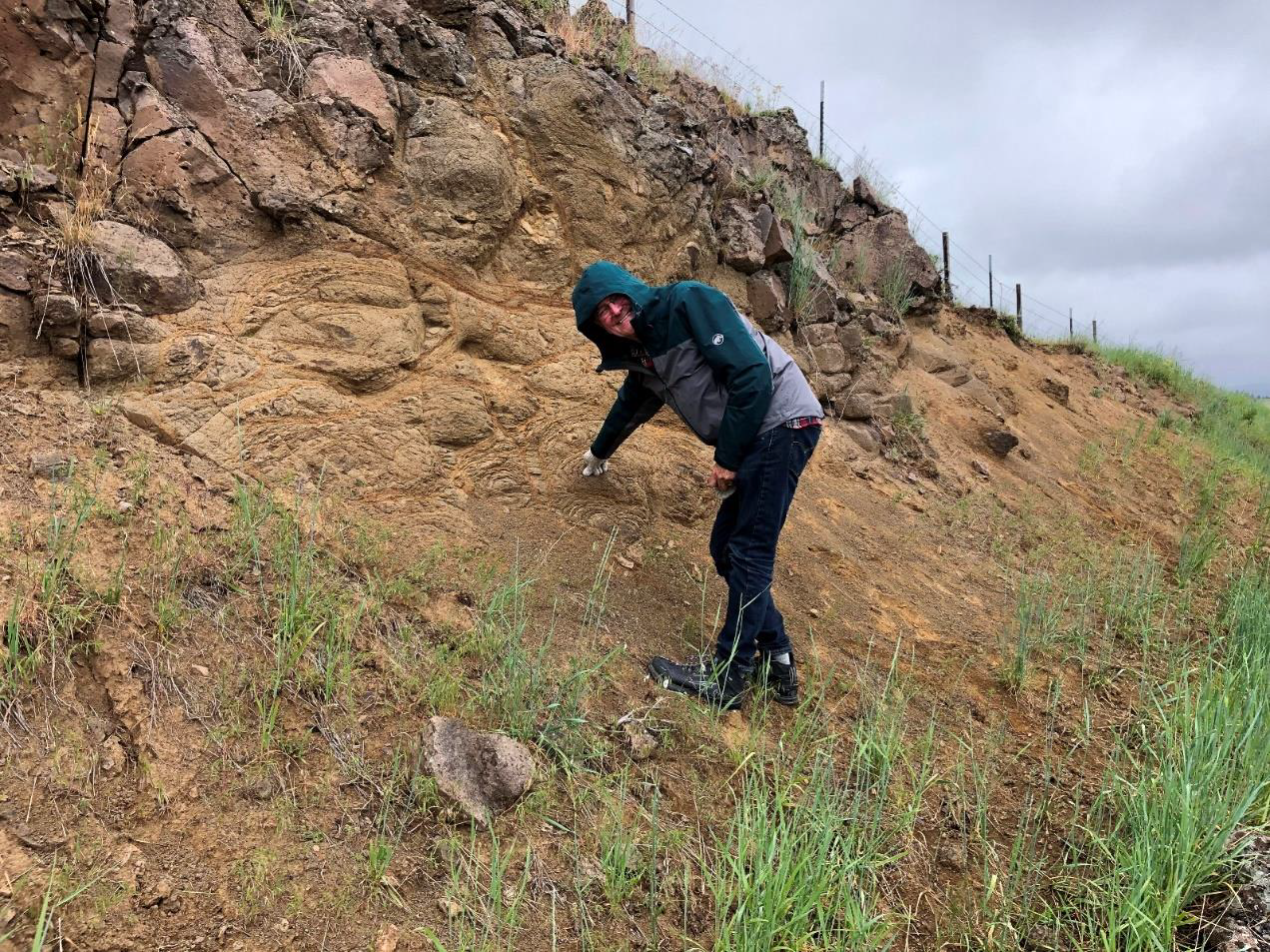


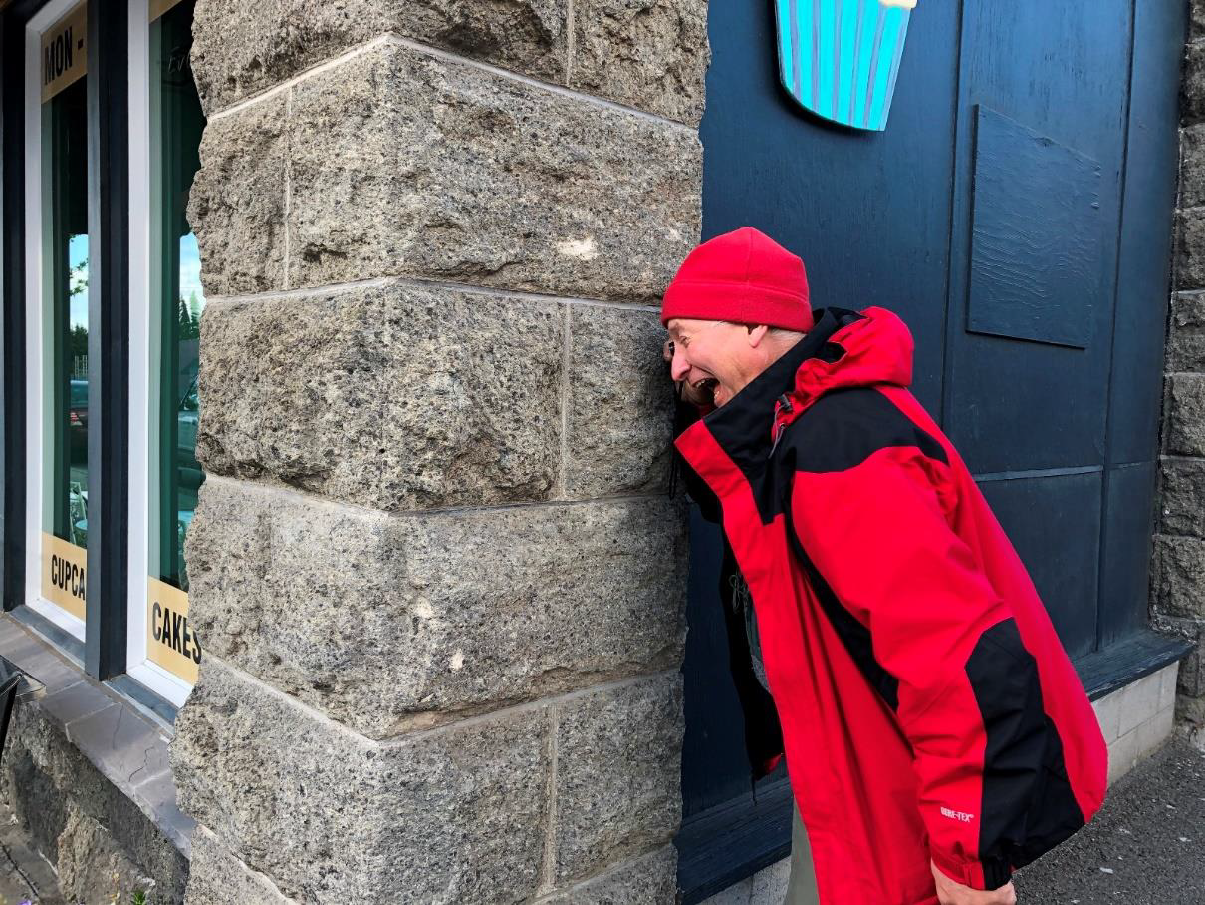
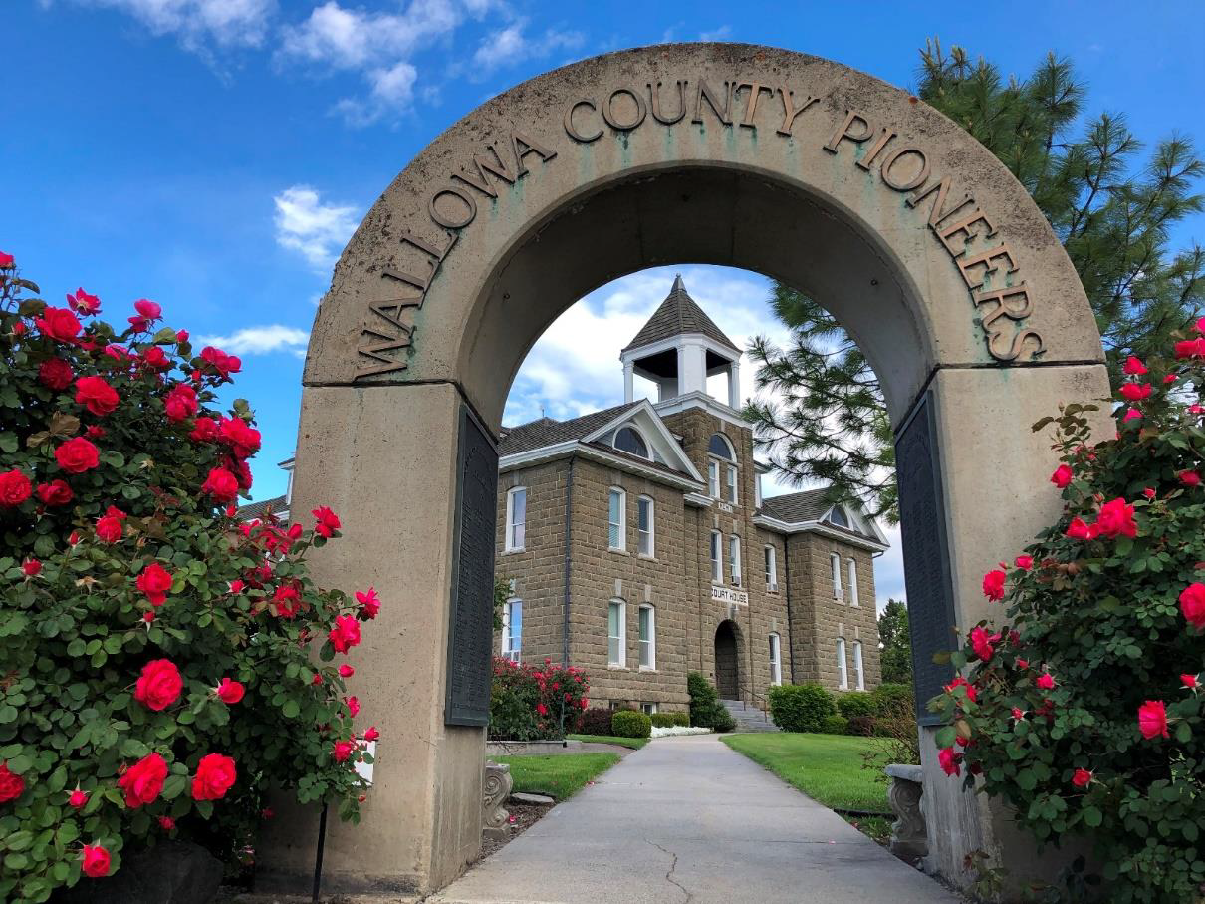

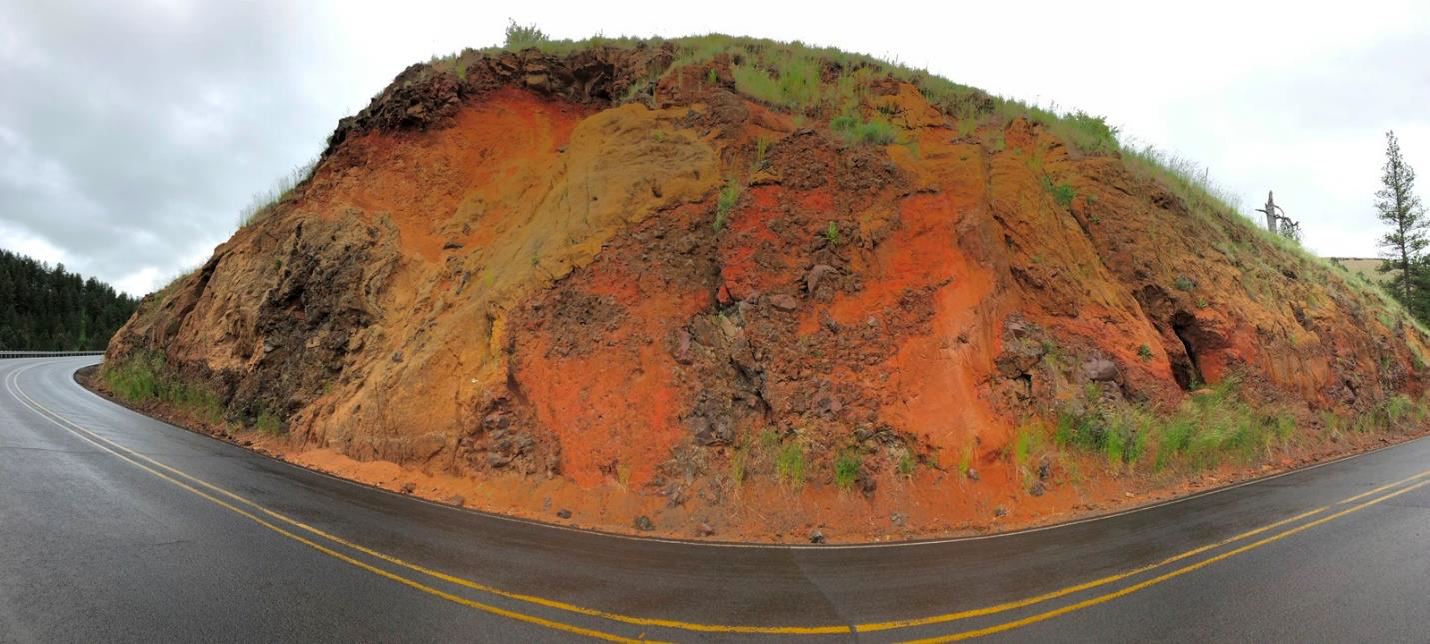
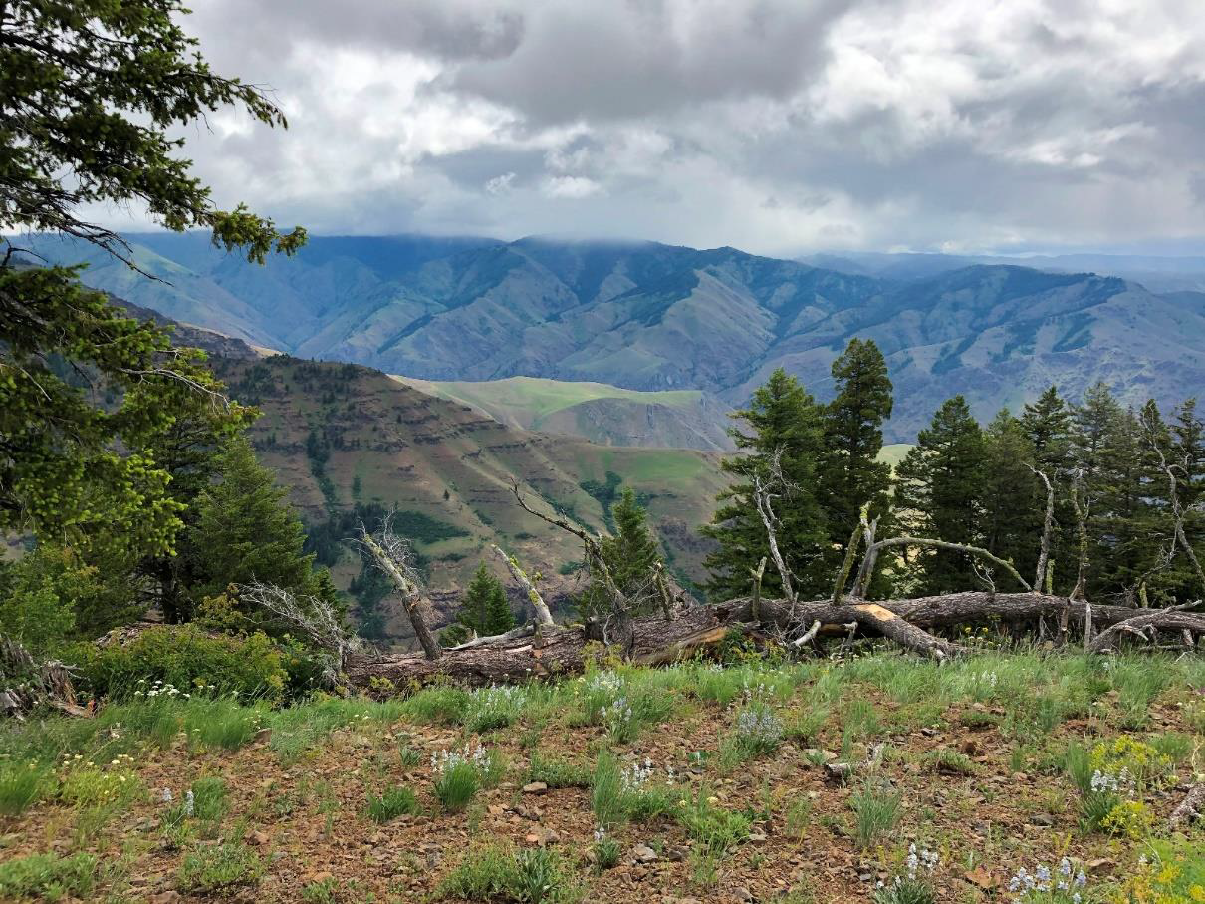
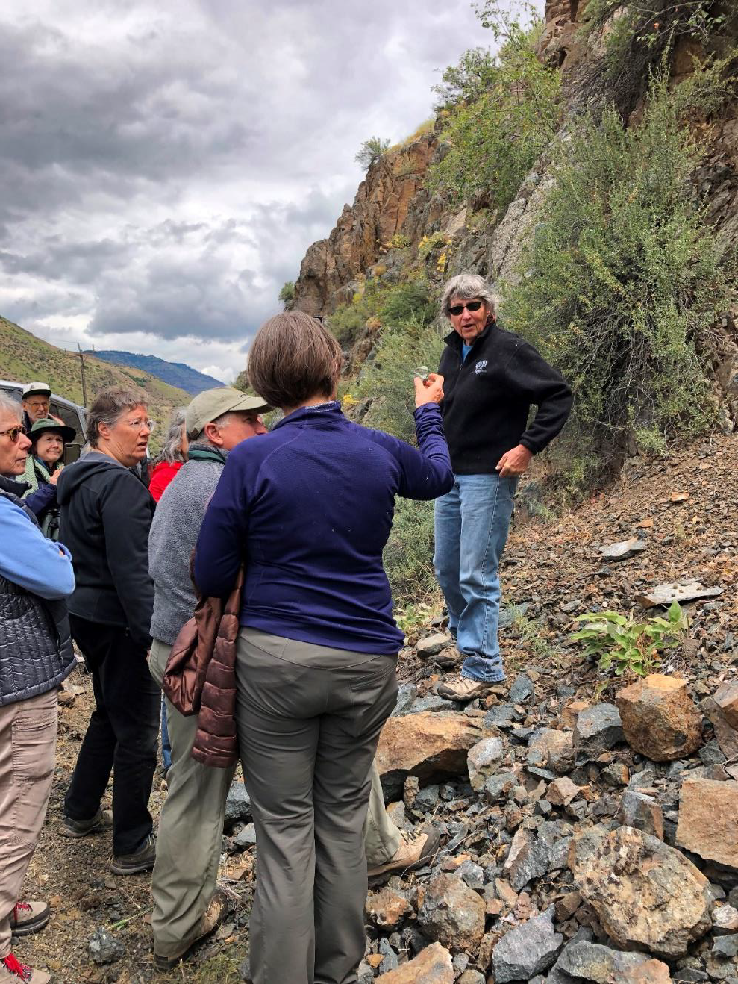

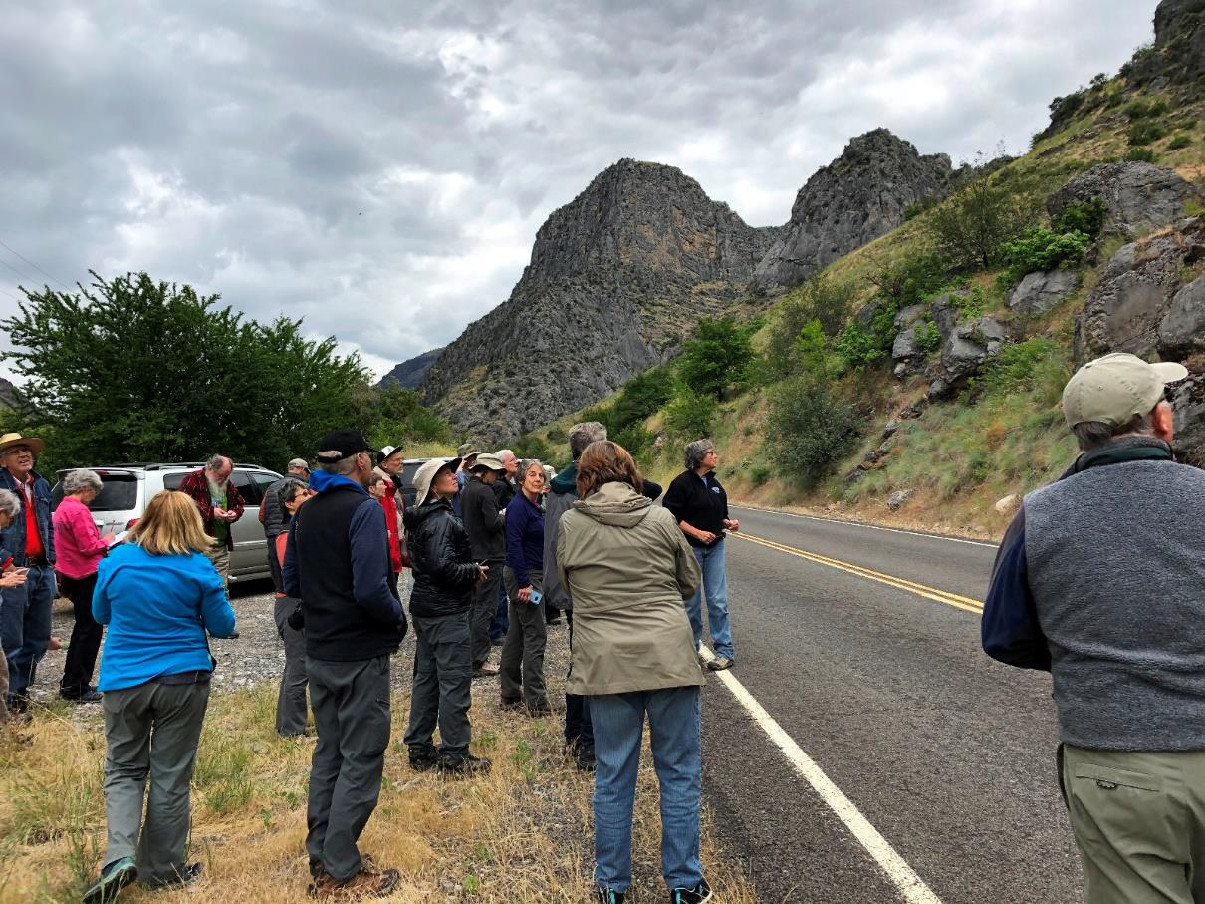
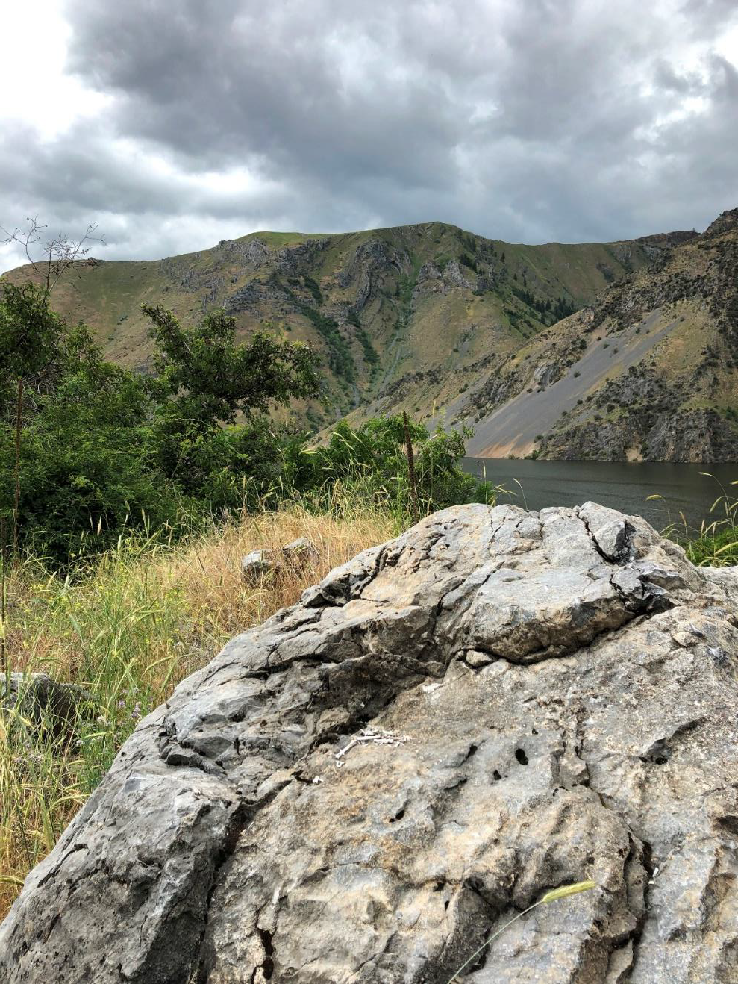
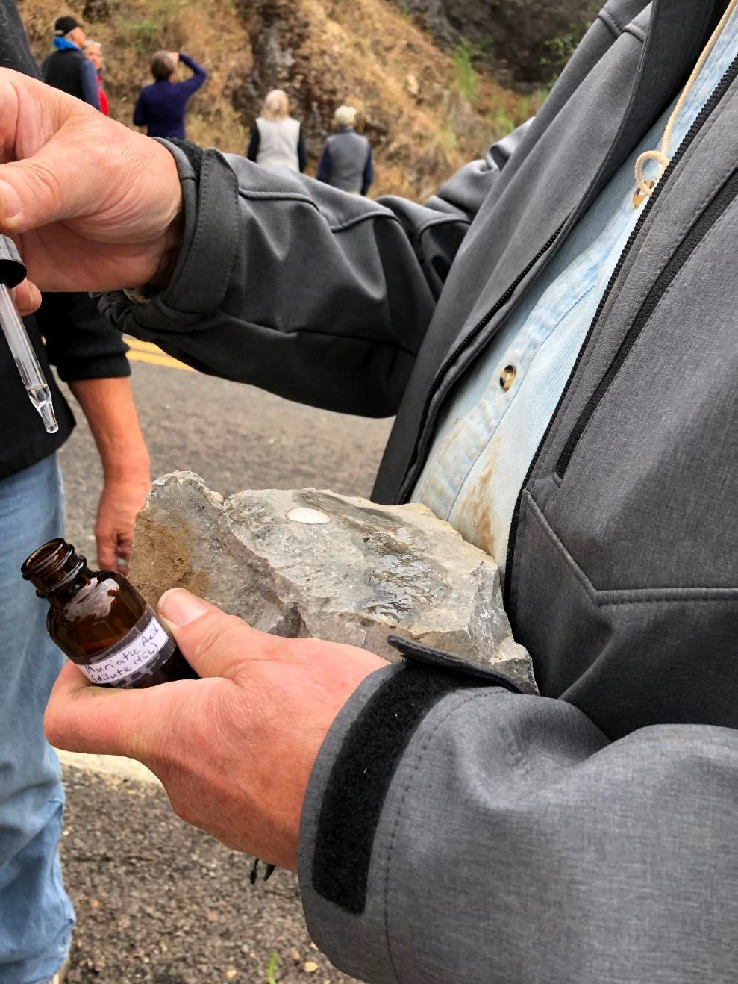


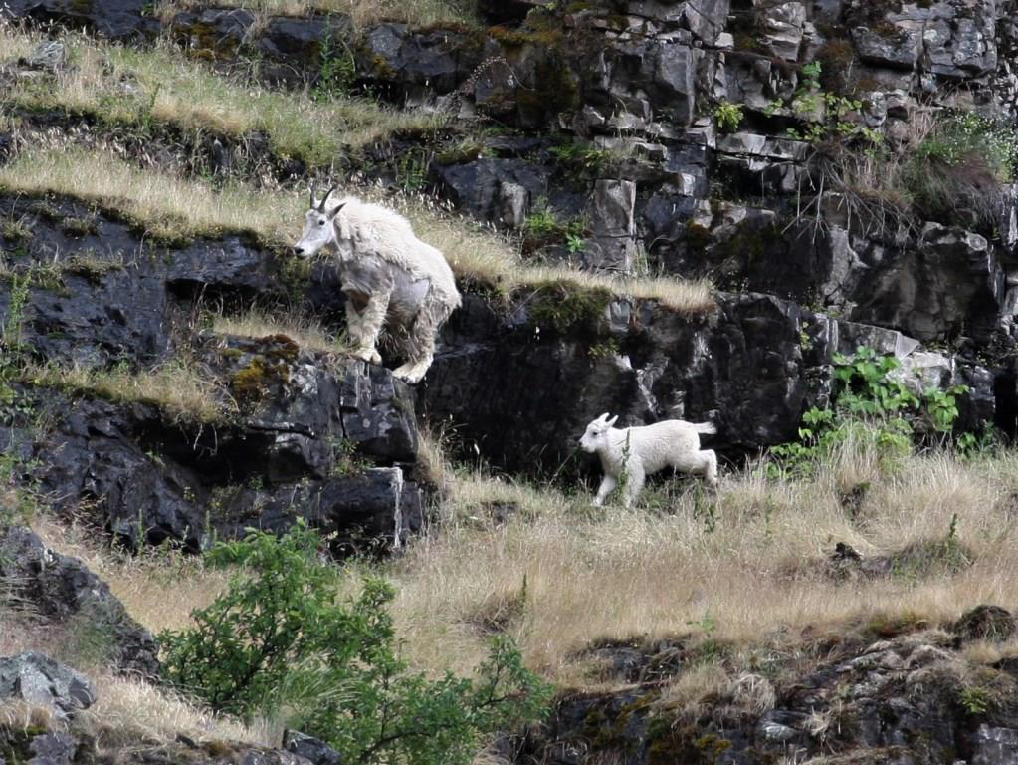
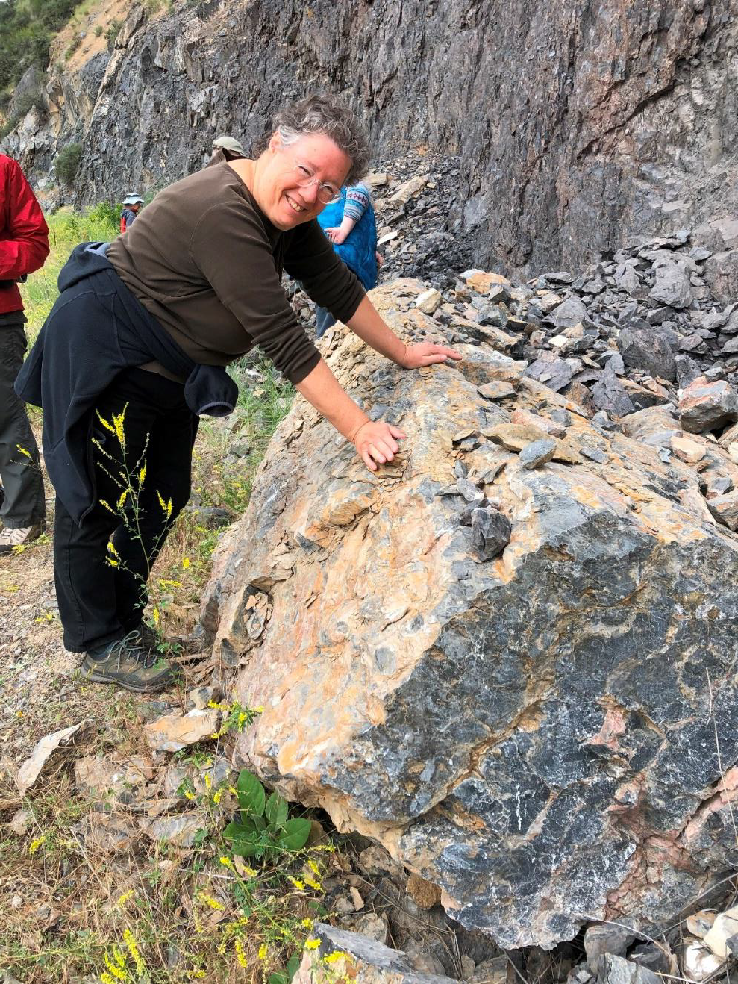
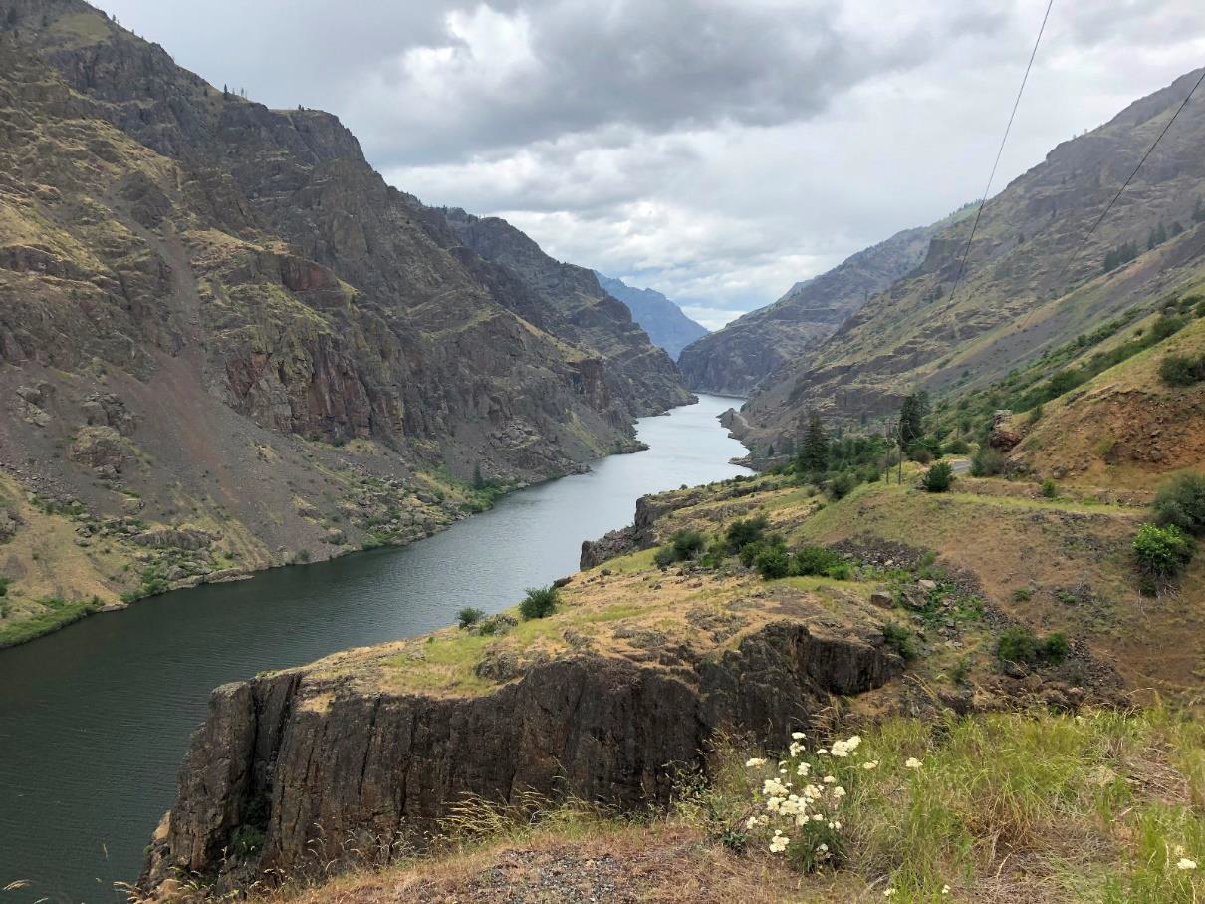
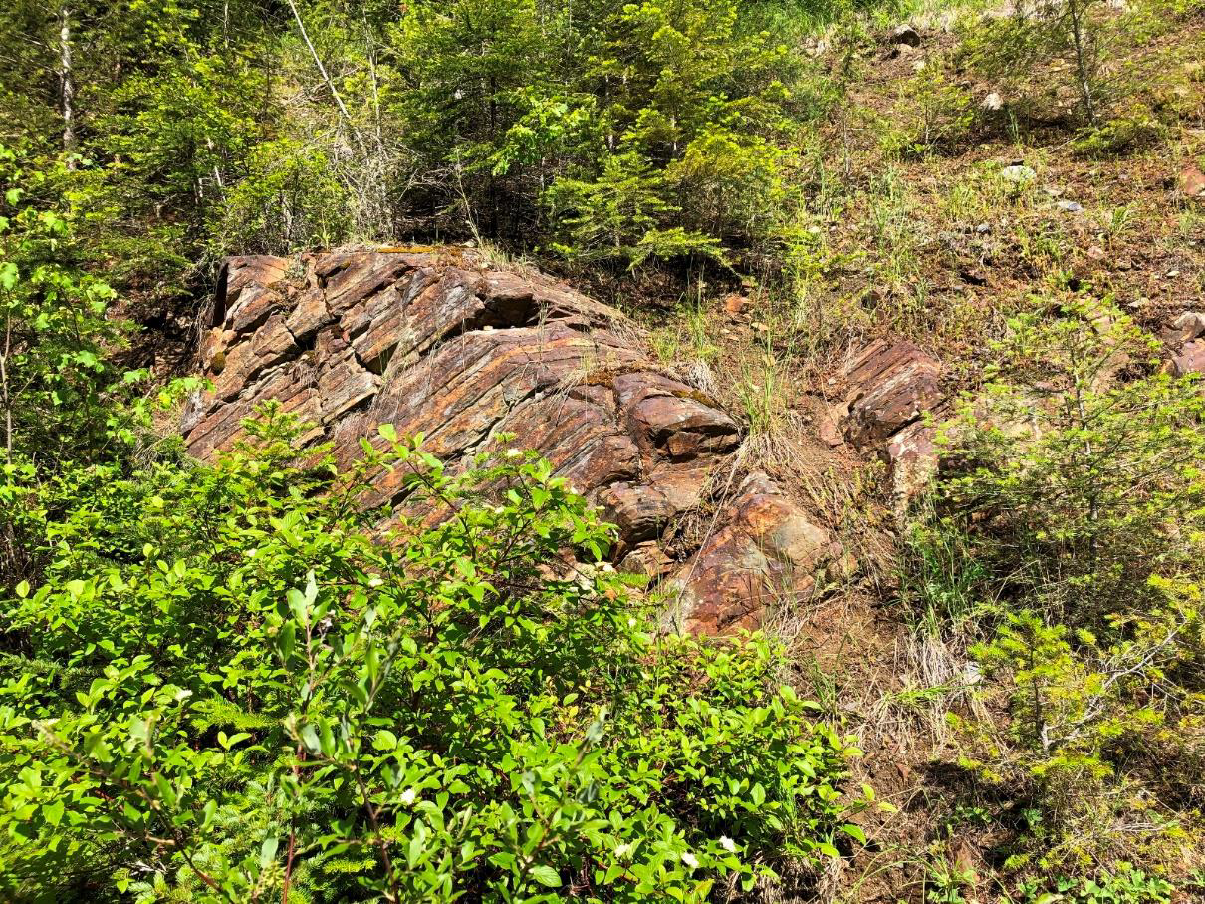

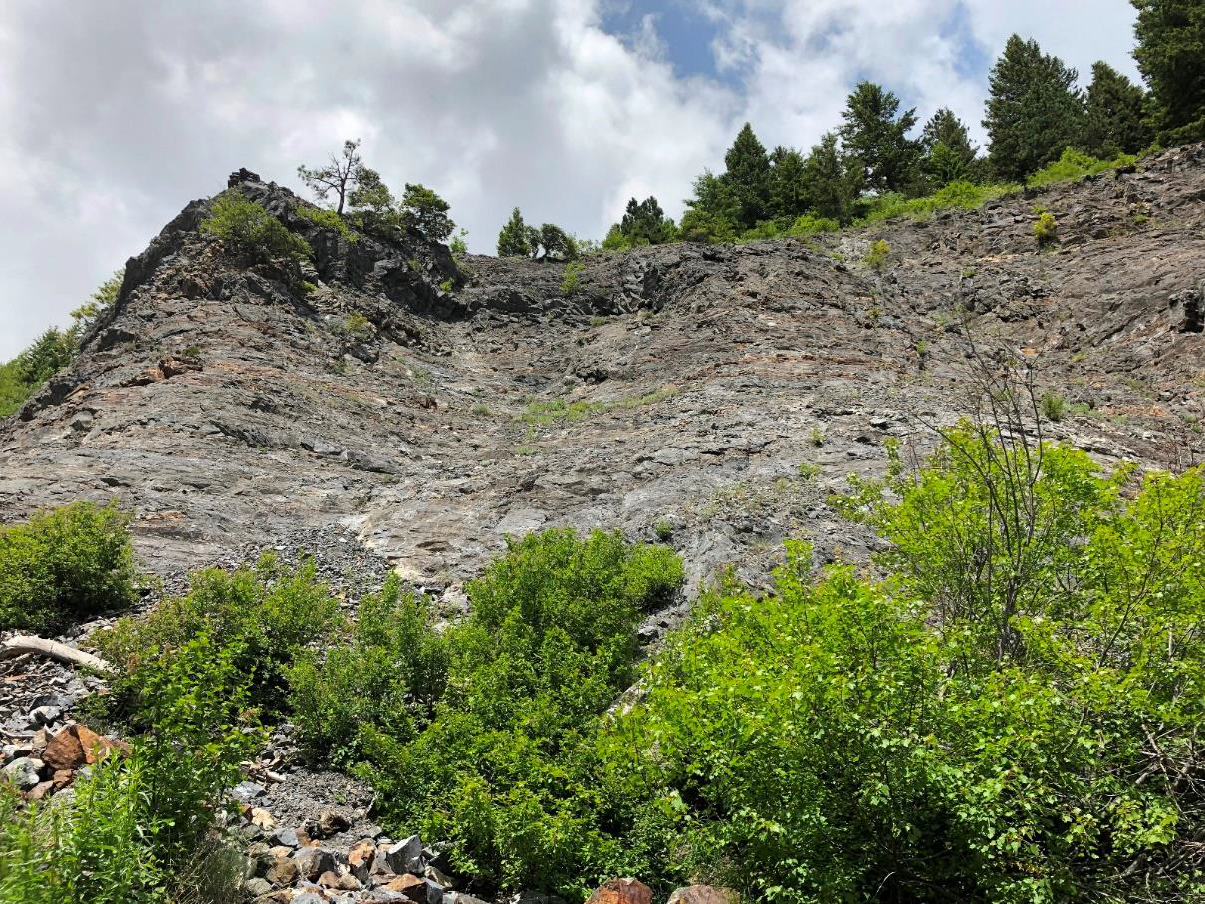
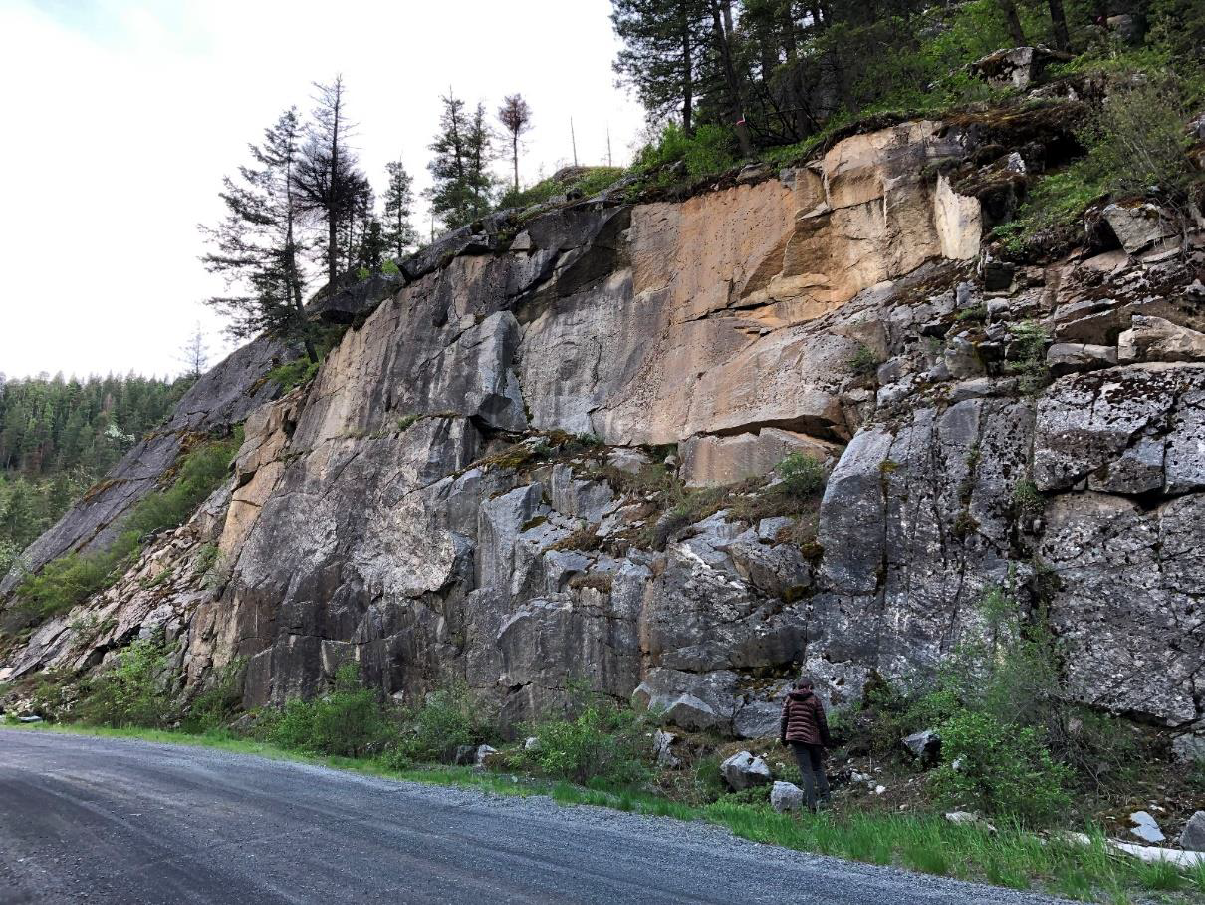



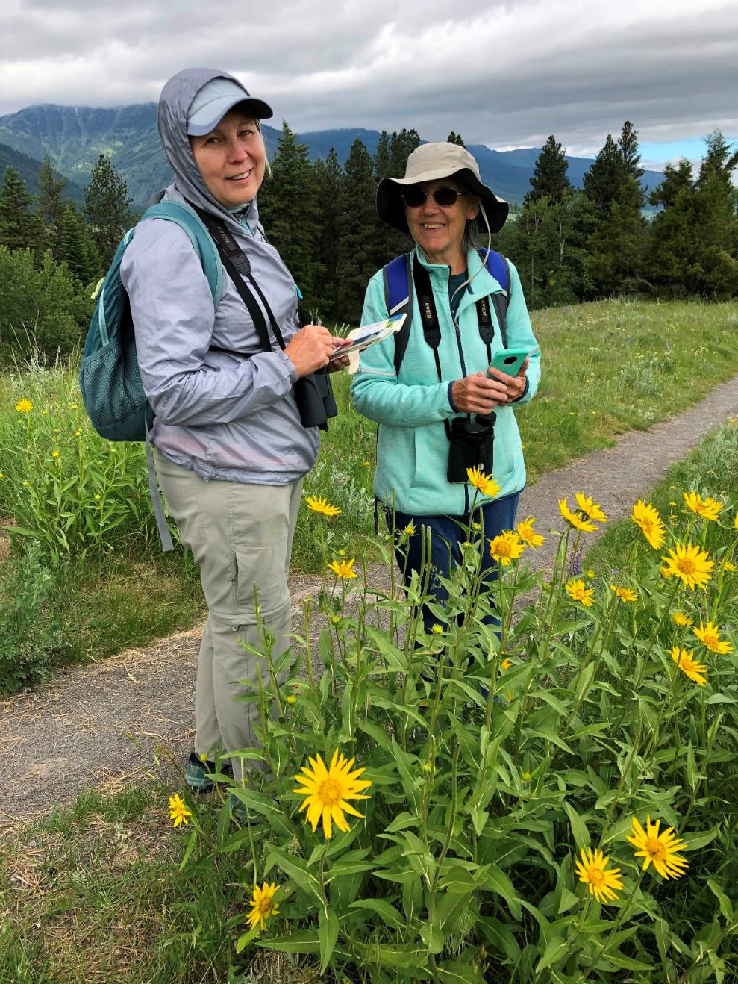

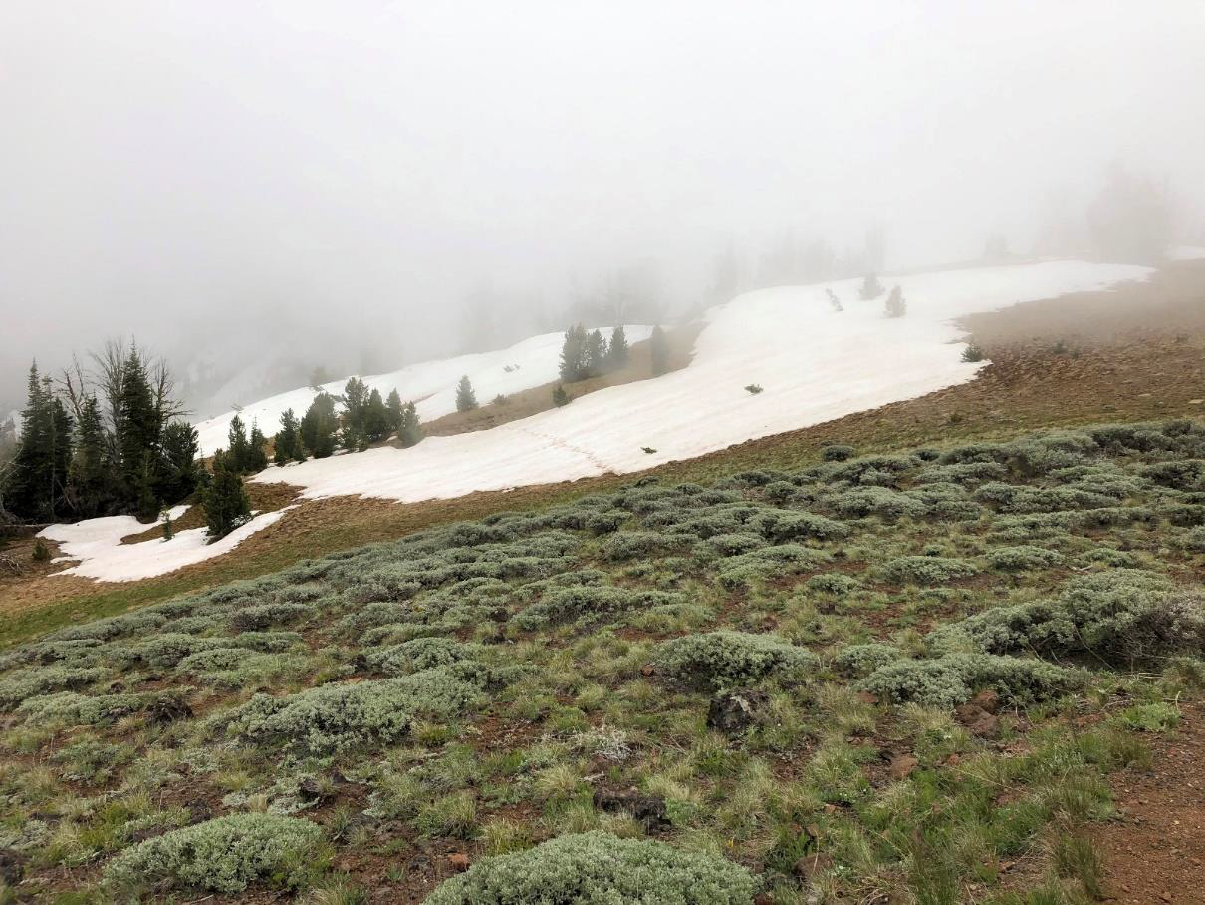
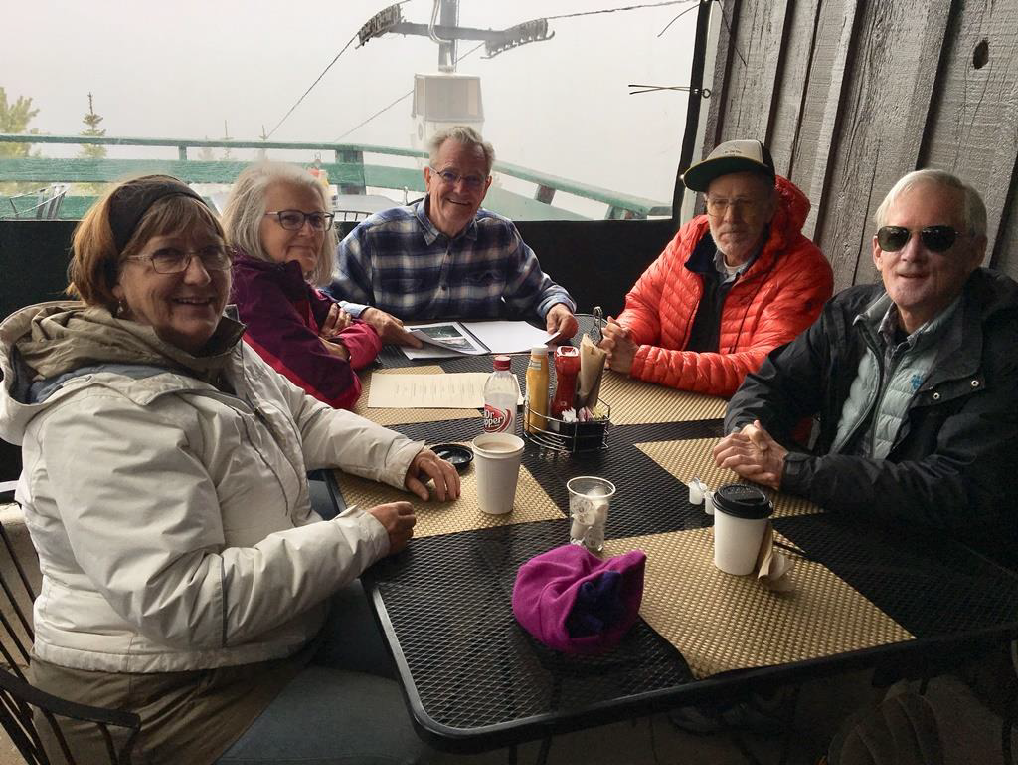
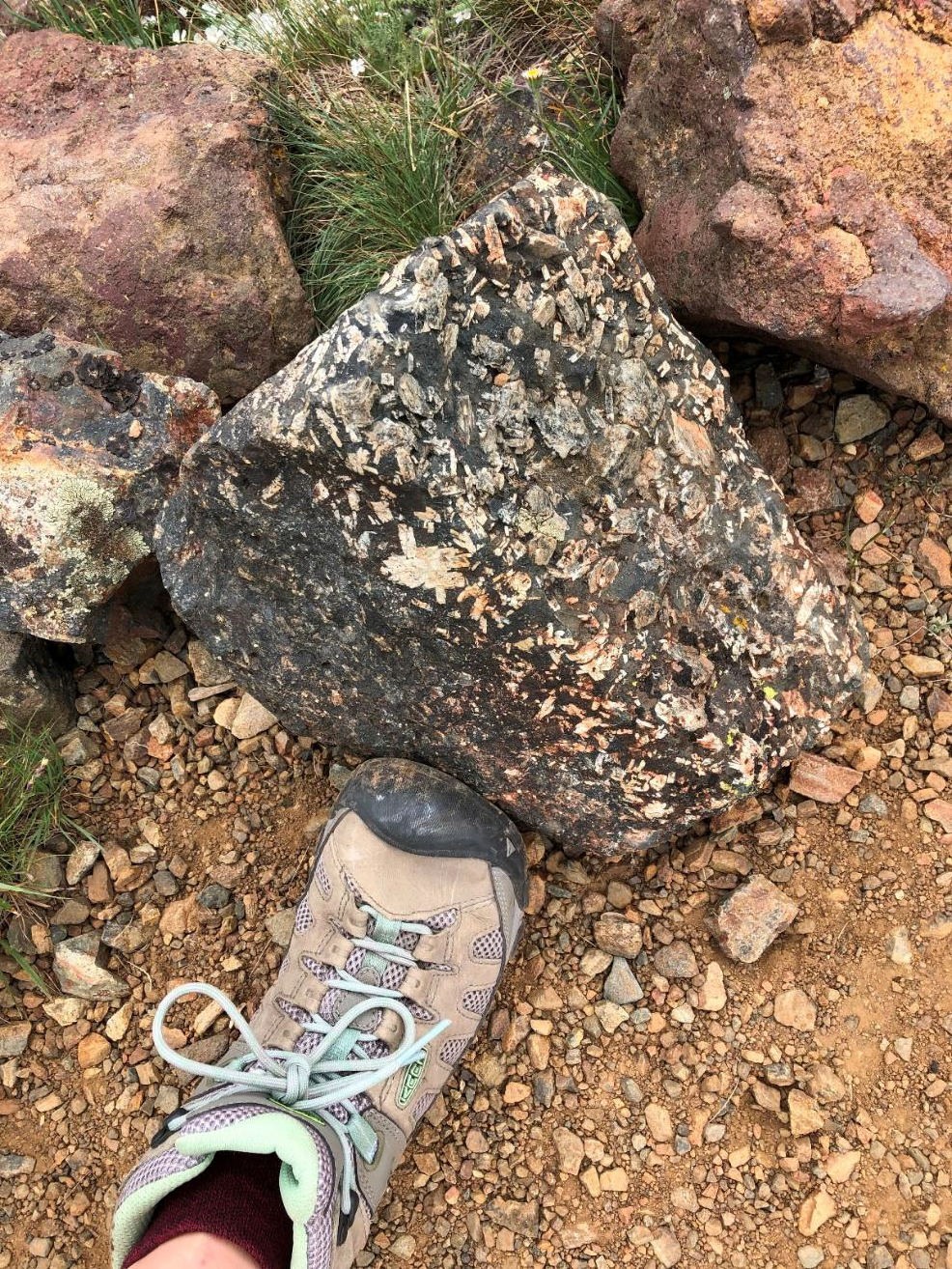
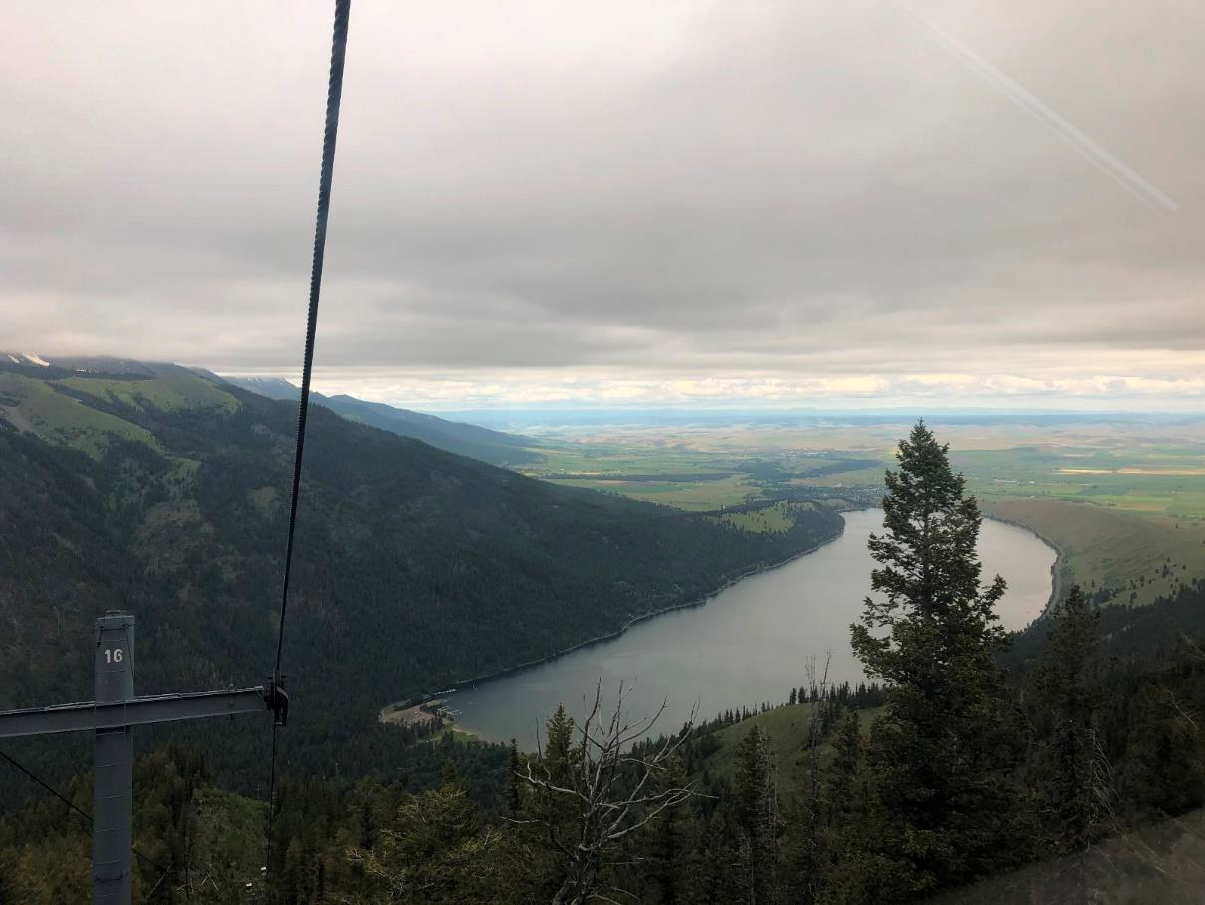


























































Field Trip Director
Annual Newsletter Editor
fieldtrips@gsoc.org